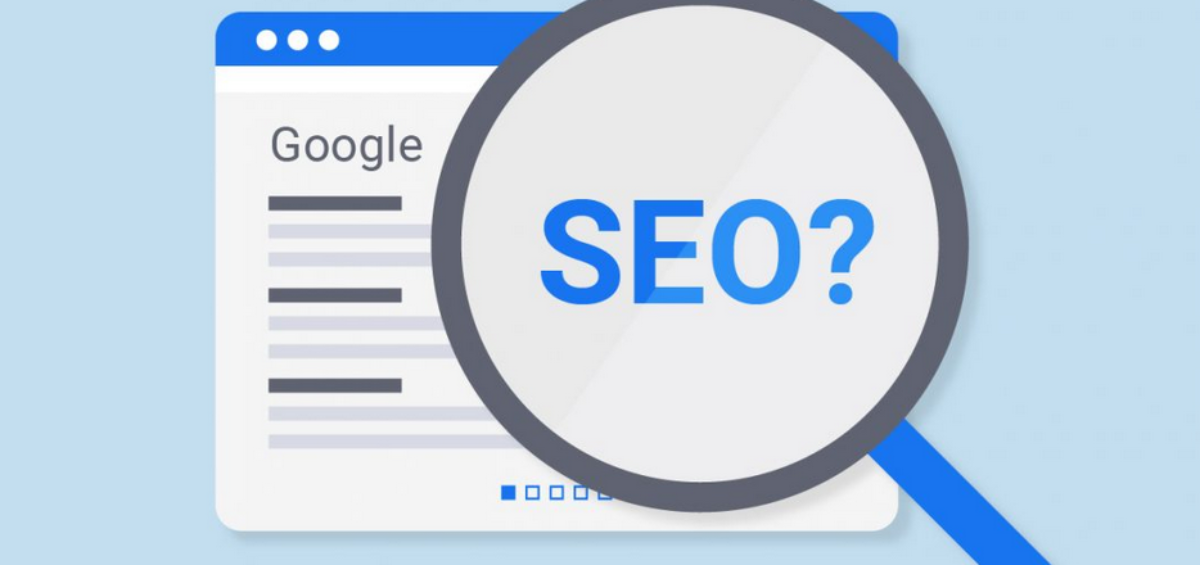Search engines Prefer well designed web sites with plenty text content for their top rankings. Here’s some tips on how to design a web site to be ranked at the top in the search engines.

Content
The cornerstone to your web site is the text content. Make sure the site contains plenty subject matter right from the start. Your home page will introduce and describe the content of the site while each section goes into more detail on the relevant subject.
When adding text content to your site, identify the key search terms and use them in context. Where possible highlight the search terms by placing them in bold text or within tags. This makes the key search terms stand out so that search engines mark them as being important.
Frames
Although all search engines claim to be able to navigate frames, they still complicate matters. The best advice is to avoid frames entirely. Framed sites are listed in search engines, but no matter how many tricks are employed, they never seem to get listed as high as their non-frames equivalent.
If you have a frames based site, consider rebuilding it without frames. You’ll see your listings skyrocket.
Page Forwarding
Many sites are now using page forwarding. It is used on the home page of a site to determine if a visitor has Flash installed, or what browser they are using. After testing the visitors machine, they are then forwarded to the appropriate real home page.
This practise does not help with search engine listings. Your home page should be designed to work with any browser, and visitors should be given the choice of proceeding into a Flash site or a standard HTML site. In any case, forwarding past your home page is missing the chance to introduce plenty of good text content to visitor or search engine.
Heavy Graphics
Don’t use too many graphics on each page, and certainly don’t embed valuable text in your graphics. Search engine spiders see all graphics the same – indecipherable binary code – and embedded text will not be read.
Where you do use graphics, make sure to add alt-tags to describe the image, including key words and search terms where applicable.
Dynamic Pages
One of the great things about the internet today is the immediacy of information. Dynamic web sites make it possible to keep content bang up to date with minimum effort. There is a fallacy that if your site contains
dynamic pages it will not be indexed by search engines. This belief is only partly true. Search engines will visit any page, .asp, .php, .cfm etc. If the URL for the page ends with the extension such as /pagename.php it will be indexed and added to the search engine. If however dynamic information is passed within the URL e.g. pagename.php?section=2&user=xyz, then the page will not be indexed.
The idea behind gaining listings for your dynamic pages is to ensure that your home page and other top level section pages do not include dynamic information in the URL. Deeper into the site, sure, include all the dynamic information you want, but at the top level make sure there is enough apparently static information to gain some search engine listings.
If you already run a fully dynamic site, take a look at our optimisation section for some ideas on promotional and traffic capture pages.
Flash
Try and avoid building your main site entirely in Flash. If you do, you’ll also have to build an alternative site in HTML or you will receive no listings whatsoever. Search engines cannot read anything within a Flash file.
The use of Flash within a web site is acceptable, provided its use is monitored. Animation and moving logos are great – they add interest and depth to a site. Flash buttons and text embedded within Flash is not so great. Search engines will not follow the links to other pages and cannot read or index any text within the Flash file. Use Flash sparingly.
Navigation
Search engine spiders start at a site home page and follow all the links within the site until they reach a dead end before jumping to the next site on their list. The key to good navigation is to make sure that search engine spiders can reach as much of your site as possible before jumping to the next site.
At the very least, every page within your site must have a link back to the home page. This is crucial. In addition, links to each of the other main pages within the site help the spider move around more efficiently.
If your main navigation is a set of buttons at the top of the page, like in this site, add some small text links at the bottom of each page just to make it easier for search engines and visitors to get around your site.










Good SEO tips for any web designer. Not using Flash is something I find I’m doing more and more as many smart phones can’t read it anyway, so Jquery is a smart phone friendly alternative
I think the Content is the most important element of the SEO. High quality and unique content can make search engine index your page quickly and got an high ranking.
To be fair, not a bad overview but pretty basic.
I find this much more helpful: http://www.seomoz.org/article/search-ranking-factors
Thanks – very useful for a SEO beginner like me ^^
Thanks for sharing the tips. Keep up the good work.